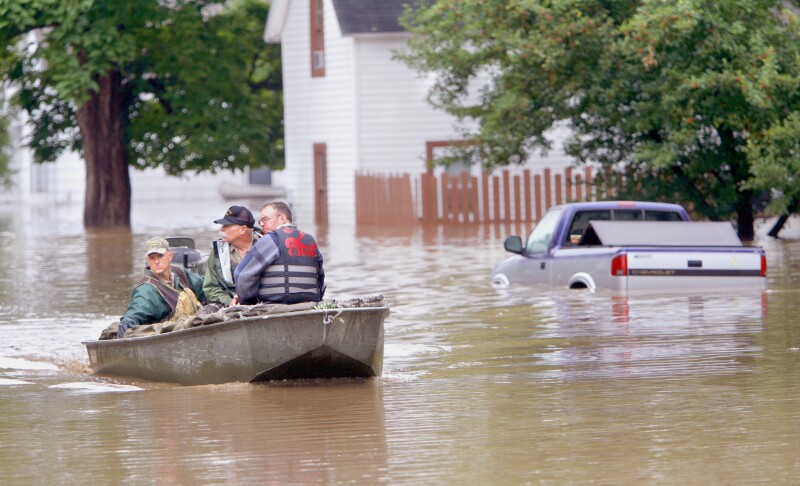Central Texas experienced devastating flooding over the July 4 weekend, resulting in more than 100 fatalities, including 28 children. The flooding occurred after heavy rainfall caused the Guadalupe River to surge more than 26 feet in under an hour. This tragedy has prompted discussions about emergency preparedness and the effectiveness of warning systems, with a particular focus on the potential role of sirens for flash flood alerts.
Rochester, Minnesota, stands as a case study in flood preparedness. The city has implemented a robust flood control system that has largely protected it from the kind of catastrophic flooding that has affected other regions. In 2007, Rochester avoided significant damage during a storm that claimed seven lives and devastated surrounding communities. Despite this relative safety, local emergency managers emphasize the need to plan for worst-case scenarios.
Jonathan Jacobson, a captain with Olmsted County Emergency Management, raises critical questions regarding the effectiveness of current warning systems. He wonders if a siren system could have saved lives in Central Texas. In Minnesota, sirens are used to alert residents about tornadoes and wildfires but not for flash flooding. Jacobson notes the potential confusion surrounding sirens, as people often associate them with tornado warnings, prompting them to seek shelter rather than evacuate.
The tragic events in Hawaii during the 2023 wildfires illustrate the dangers of miscommunication in emergency alerts. When sirens sounded, residents interpreted them as tsunami warnings, leading many to evacuate to higher ground—where the fires were raging. Jacobson highlights the need for clear messaging to ensure the public understands how to respond during emergencies.
In August 2007, Rochester faced its own historical flooding, with some areas receiving over 15 inches of rain. The downpour resulted in mudslides, washed-out roads, and significant damage exceeding $200 million. This prompted emergency managers to enhance early warning systems in the region, including collaboration with the National Weather Service and FEMA to install sensor networks.
Winona County has made strides in improving its flood response capabilities. The county worked alongside the National Weather Service to set up sensors along a 10-mile stretch of the Whitewater River. These sensors automatically notify authorities when water levels reach critical points. Winona County Emergency Manager Ben Klinger believes these advancements have strengthened their early warning systems.
While some regions focus on river monitoring, others, like Wabasha County, prioritize the safety of critical infrastructure, such as the Lake Zumbro Dam. Emergency Director Brenda Tomlinson highlights the potential risks associated with dam failures, emphasizing the importance of regular drills to test emergency notification systems. The county has learned from past flooding events, including a significant flood in 2010 that caused extensive damage.
The increasing frequency and severity of storms due to climate change raise additional concerns for emergency management. The latest National Climate Assessment indicates that much of the Midwest, including Minnesota, has experienced a 5% to 15% increase in precipitation over recent decades. This trend has resulted in more intense rainfall events, heightening the risks of flooding.
The recent tragedy in Texas has also shed light on staffing reductions at key weather and climate agencies during the Trump administration. While the National Weather Service issued timely alerts during the July flooding, the absence of a siren system has come under scrutiny. Local officials had previously considered the installation of sirens but opted against it due to budget constraints.
As communities reflect on the lessons learned from these disasters, the question remains whether a siren system for flash floods should be implemented. Each region possesses unique topographical challenges and vulnerabilities, making tailored solutions essential for effective emergency preparedness. Emergency management officials across the country are now grappling with how best to adapt their systems to protect lives in the face of increasingly severe weather events.






































































